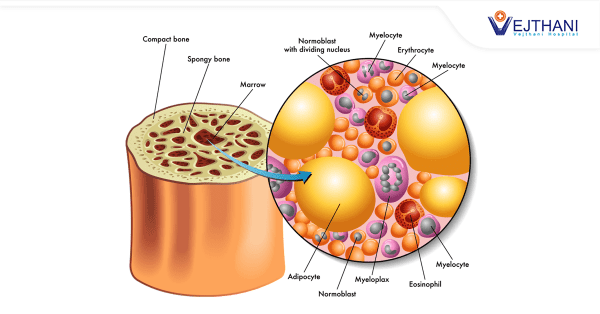
Ovarian cancer
Diagnosis
In order to diagnose ovarian cancer, the following procedures may be recommended:
- Pelvic examination: An examination of the genitals will be done. Index and middle finger will be inserted into the vagina while pressing the other hand on the abdomen to feel the uterus and ovaries. A speculum device will be inserted to
examine the vagina to look for any abnormalities of the cervix and vagina. - Diagnostic Imaging Procedure: includes ultrasound, Computerized Tomography (CT), Magnetic Resonance Imaging (MRI), and Positron Emission Tomography (PET). This is to determine the extent of the cancer as well as the size, shape and structure of the ovaries.
- Blood test: different kind of blood test will be investigated by the specialist to determine the function of the organs.
Staging
Once the specialist confirmed the diagnosis of ovarian cancer, then the following step is to know the extent (stage) of the cancer. The stages of cancer are indicated by Roman numerals ranging from I to IV. The lowest stage indicates a cancer is isolated at the ovaries. The highest stage – stage IV – indicates that the cancer had spread to other part of the body (metastasis).
Treatment
The type, location and stage of cancer are factors which will determine the choice of treatment to apply aside from the general health and personal choice of treatment. Treatment options would be discussed with the specialist.
Treatment for ovarian cancer is usually done by the surgical removal of the ovaries. However, if the cancer had advanced to other part of the body, then additional treatment is needed.
Surgery
- Oophorectomy – is a surgical removal of one or both ovaries. Surgical removal of one ovary involves removing the affected ovary and the fallopian tube, the woman is still capable to get pregnant if desired. If the cancer affects both ovaries then the ovaries will be removed, pregnancy is still possible by frozen embryo transfer.
- Hysterectomy – is a surgical removal of one or both ovaries together with the fallopian tube, uterus, and cervix. Pregnancy will no longer be possible with this procedure.
- Surgery for advanced ovarian cancer – is a surgical procedure that aim to remove as much of the cancer as possible. In some cases, chemotherapy may be administered before surgery to reduce the size of the tumor to make it easily accessible for surgical removal or may be administered after surgery to eliminate any remaining cancer cell.
Chemotherapy
- Chemotherapy: Chemotherapy uses medication containing chemicals that kill cancer cells, administered orally or intravenously. It is usually used after surgery to kill any remain cancer cell but it can also used before surgery to reduce the size of the cancer.
- Targeted drug therapy: used in the treatment of advanced cancer when surgery treatments fail. This therapy could be done alone with radiation therapy.
- Immunotherapy: helps the body immune system to fight against the disease by interfering with the hindering process of the tumor cell from the body’s defense.
- Hormone therapy: uses drugs that stop or block the hormone estrogen. The therapy could be used in ovarian cancer that grow slowly.






















